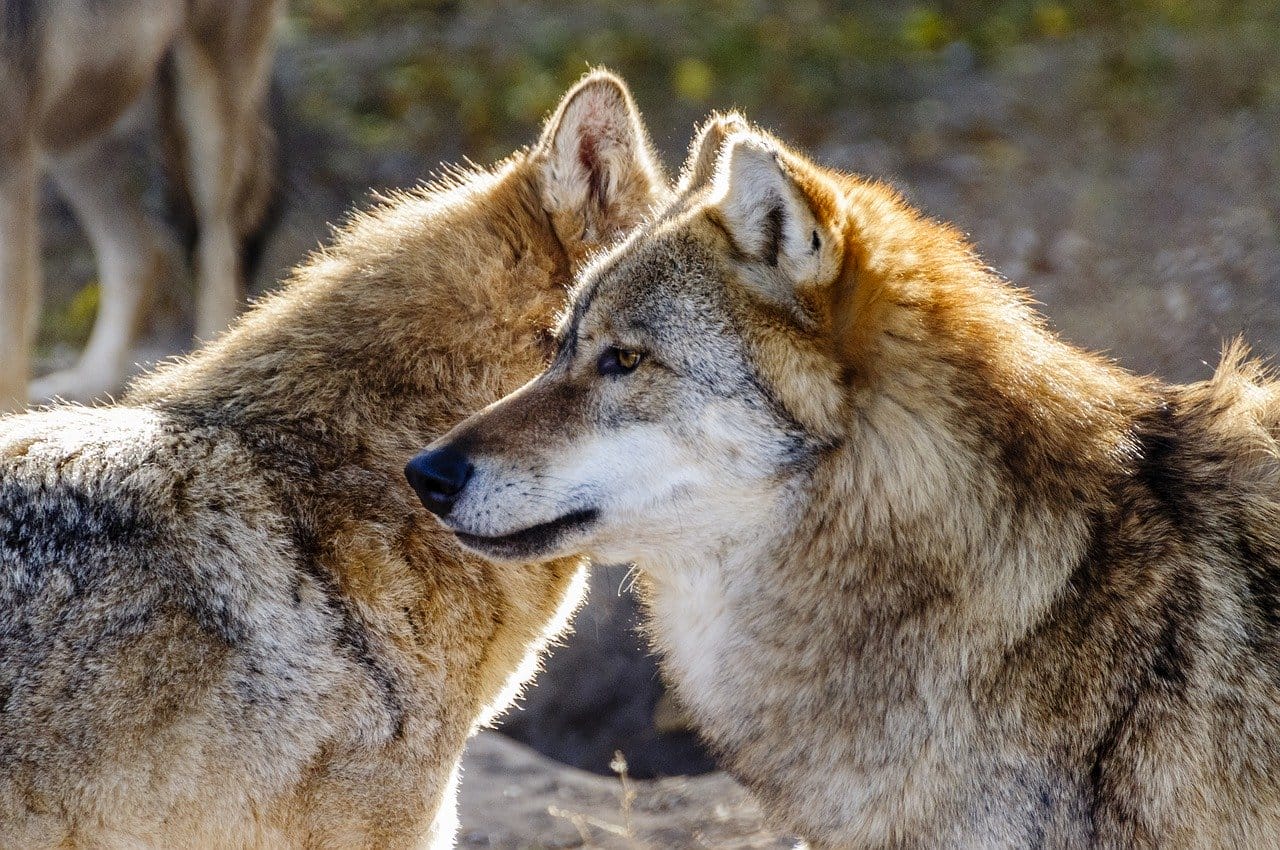Technology has become central in wildlife conservation. From manual data collection to advanced algorithms, digital tools have significantly boosted conservation efforts. Modern software allows for detailed habitat analysis, efficient tracking of animal movements, and precise monitoring of poaching activities. With biodiversity facing constant threats, integrating advanced technology into conservation is more urgent than ever.
This article explores digital conservation. It traces the beginnings of early software applications in wildlife protection and examines the impact of geospatial technologies and real-time monitoring systems. It also highlights the key role of artificial intelligence in predictive conservation strategies and the importance of community engagement through wildlife management software and digital platforms. Finally, it looks ahead to how ongoing technological advancements promise a more sustainable future for wildlife conservation.
The Dawn of Digital Conservation
In the early days of digital conservation, simple software applications started helping with wildlife protection by offering basic but essential tools. These programs made it easier to collect and analyze data, improving the efficiency of gathering and processing information about animal populations and their habitats. With these new tools, conservationists could manage large datasets, perform initial statistical analyses, and create early models of wildlife behavior.
This was a big improvement over traditional, manual methods, allowing for faster and more accurate assessments of threats and conservation needs. These early applications set the stage for more complete digital solutions, showing the transformative potential of in protecting wildlife.
Geospatial Technologies: Mapping the Way for Wildlife
Geospatial technologies, like Geographic Information Systems (GIS) and remote sensing, have transformed how we study habitats and monitor wildlife migration. These tools help conservationists create detailed maps and models of animal habitats, giving them valuable insights into how animals interact with their environment. Remote sensing, which uses satellites and aerial images, provides a wide view of large ecosystems, allowing researchers to track changes over time.
GIS helps visualize data like vegetation, water sources, and human activity, making it easier to plan habitat preservation efforts. Tracking animal movements across different areas improves our understanding of migration patterns, helping develop strategies to reduce the impact of climate change and human activities. These technologies not only support conservation efforts but also guide policy decisions, promoting a more informed and proactive approach to wildlife protection.
Real-time Monitoring and Surveillance
Collecting real-time data with drones and camera traps is making it easier to monitor wildlife and detect poaching. Drones with high-resolution cameras and thermal imaging provide unique views, covering large and hard-to-reach areas quickly. They deliver real-time footage to track animals and spot potential threats.
On the ground, camera traps take pictures and videos of wildlife, activated by motion or heat, offering detailed insights into animal behavior and populations. This combination of aerial and ground monitoring creates a thorough surveillance network, helping conservationists quickly respond to poaching and gather vital data for protecting endangered species.
Artificial Intelligence: Predictive and Preventive Measures
Integrating artificial intelligence (AI) and machine learning into wildlife conservation has been a game-changer, greatly improving both predictive and preventive strategies. With predictive models, conservationists can now foresee potential threats to wildlife, like poaching or habitat destruction, before they occur. Automated systems powered by machine learning algorithms monitor real-time data and analyze patterns, enabling proactive measures to protect endangered species.
These technologies are valuable in various ways: some highlight their ability to optimize resource use and ensure timely interventions, while others point out the ethical concerns of using AI in nature. This collaboration between advanced technology and conservation efforts not only enhances prediction accuracy but also provides conservationists with key tools for real-time decision-making, significantly impacting wildlife protection.
Community Engagement through Digital Platforms
Engaging the community through digital platforms like mobile apps and social media is a must for involving both local and global audiences in conservation efforts. These technologies connect people who can’t directly access wildlife habitats with real-time updates, educational content, and activities.
Mobile apps help track endangered species, report sightings, and alert authorities to potential poaching. Social media spreads awareness, builds online communities, and gathers support for conservation campaigns. These digital platforms foster a collaborative approach to wildlife protection, uniting diverse groups to work towards shared goals. This method not only makes conservation efforts more inclusive and effective but also leverages collective action for better wildlife preservation.
As technology continues to advance, its role in wildlife conservation becomes increasingly vital. By integrating advanced tools like geospatial technologies, real-time monitoring, AI, and digital community engagement, conservationists can better protect biodiversity and respond swiftly to emerging threats. These innovations enhance data accuracy, predictive capabilities, and community involvement, leading to more informed and effective conservation strategies. As we look ahead, the ongoing advancements in technology hold the promise of a more sustainable future, ensuring that wildlife preservation efforts are more proactive, inclusive, and impactful than ever before.




